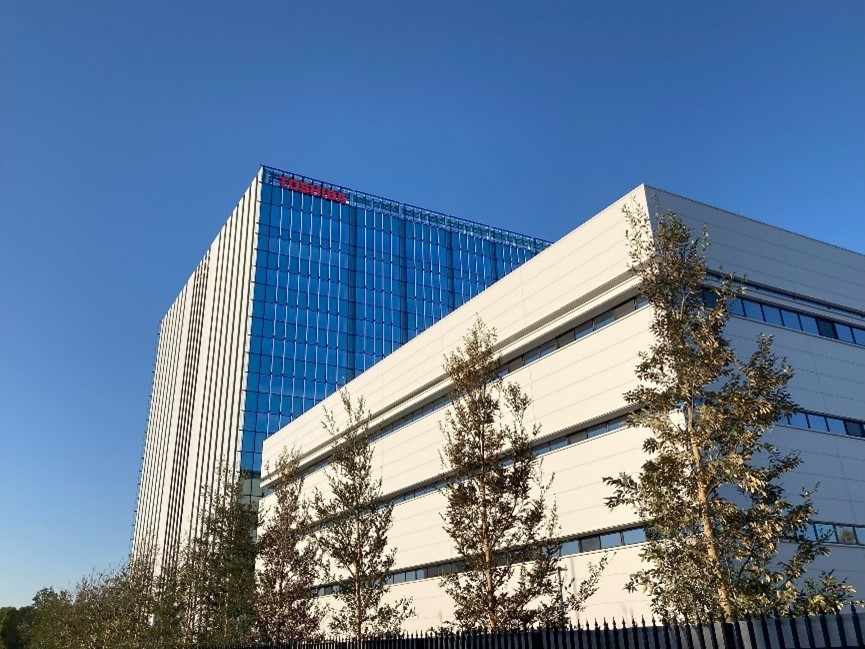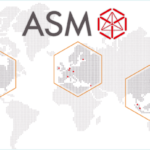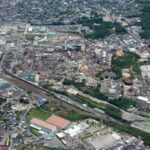ASIA ELECTRONICS INDUSTRYYOUR WINDOW TO SMART MANUFACTURING
Toshiba Unveils Latest State-of-the-Art R&D Facility
Toshiba Corporation has recently opened the Innovation Palette, a new state-of-the-art R&D facility in Komukai Complex, a core facility in Kawasaki, Japan.
Accordingly, Toshiba has invested approximately ¥34 billion in the new facility. Moreover, this will serve as base Toshiba’s corporate R&D functions and the semiconductor business as well as R&D divisions of Toshiba Devices & Storage Corporation.
Toshiba established its Central Research Laboratory, the predecessor of today’s corporate Research & Development Center, in 1961. Thereafter, it quickly became the home to many world- and Japan-first breakthroughs. These include the Japanese word processor and NAND flash memory.
Accelerates Innovation, R&D
Over the years, their contributions have brought great convenience into people’s lives and helped to solve social issues. Now, Toshiba Group aims to advance the realization of a carbon neutrality and circular economy. At the same time, build infrastructure and create a connected data society able to take on unprecedented global issues. Realizing these goals is only possible through the development of innovative technologies and their social implementation. Moreover, by drawing on both in-house and outside wisdom and capabilities.

Currently, the Group building a structure to achieve this, including the opening of the Regenerative Innovation Centre, a new technology center in Germany in September last year.
Innovation Palette will serve as the new facility where researchers, staff, customers, partners, and visitors can mix and blend their diverse personalities creatively. Moreover, envision the future together, and promote innovation toward solving global-scale issues.
The new building will accelerate innovation by offering three distinct approaches that encourage research and collaboration: activity-based working (ABW), co-creation spaces, and a live experimental site.
Grounded in its management philosophy, “Committed to People, Committed to the Future.”, Toshiba Group aims to create technologies and value through dialogue within the Group and also with its customers, partners, and society, and to contribute to solving social issues with its diverse and specialized human resources.
Features of the New Building
One of the features of the new R&D facility is Activity-Based Working (ABW), which eliminates department walls and fixed seating. For that reason, encouraging people to choose where they work, according to the way they work.
Moreover, it offers spaces for different activities, including a Focus Zone for individual work that requires a high level of concentration. It also has a Co-Work Area for both individual work and interactions, an Idea Generating Space to encourage open discussions, and a Book Cafe
The new facility will also have Banpan Square and Shizen Hall, the collaboration spaces for co-creation with customers and for exhibitions open to visitors.
The spaces will host workshops, hackathons, seminars, and other events, as a laboratory open to customers.
Advanced Demonstration Facilities
Most importantly, Toshiba will use Innovation Palette to showcase services and advanced demonstrations of the facilities and the Group’s latest technologies.
The entire building, including office areas, is a live experimental site. This means data collected from facilities, including from sensors and cameras installed in the building, will be used to construct and utilize an operational digital twin (*1). This will precisely recognize space, people, energy, etc., and support appropriate environmental optimization and control.
The project aims to create value through energy-saving demonstrations that provide optimized, comfortable control of air conditioning and lighting. Particularly, by evaluating human flows, etc.
Also, it will support demonstrations of the use of robots and video AI to realize safety and security, and virtual power plant (VPP) demonstrations that realize advanced use of storage batteries.
Through the software-defined (*2) operation of various facilities, including elevators, and AI learning from data collected in demonstrations, Toshiba will continue to refine services and accelerate the commercialization of new technologies.
Notes:
*1: Technology that uses sensing technology and AI to reproduce events occurring in the real world virtually in real time, simulating the past, present, and future of a site while the site is in operation.
*2: The management of hardware defined by software, that allows for hardware functions and services to be redefined and updated over time.




